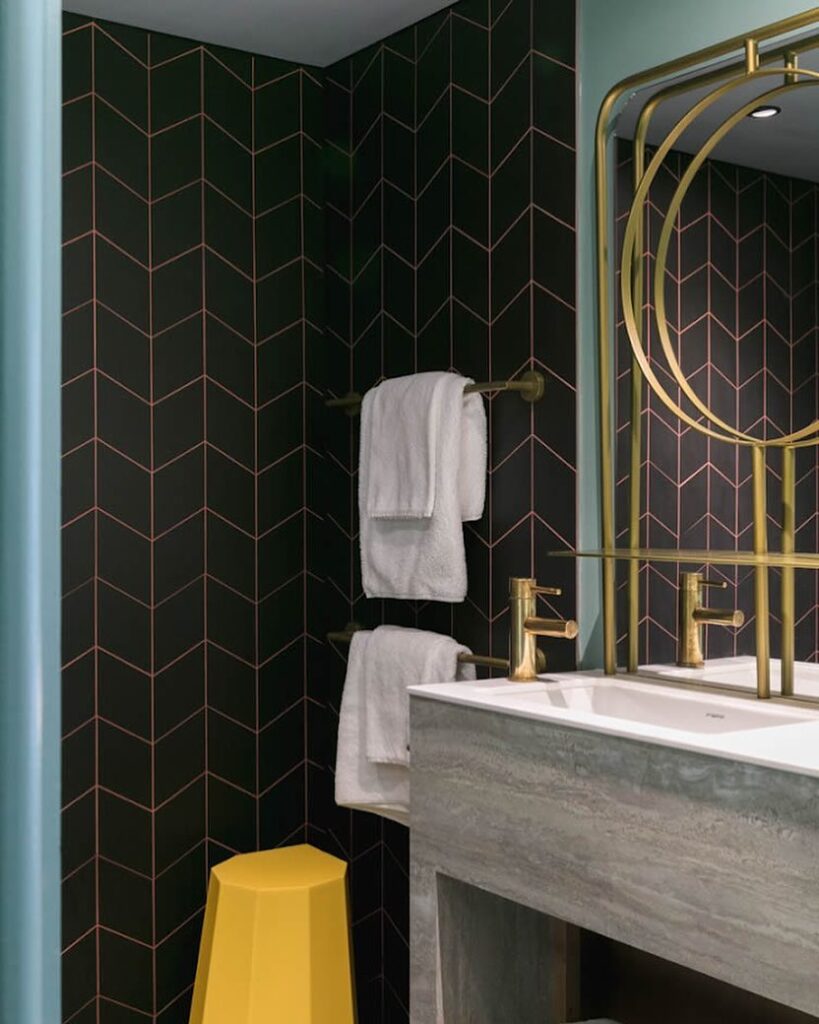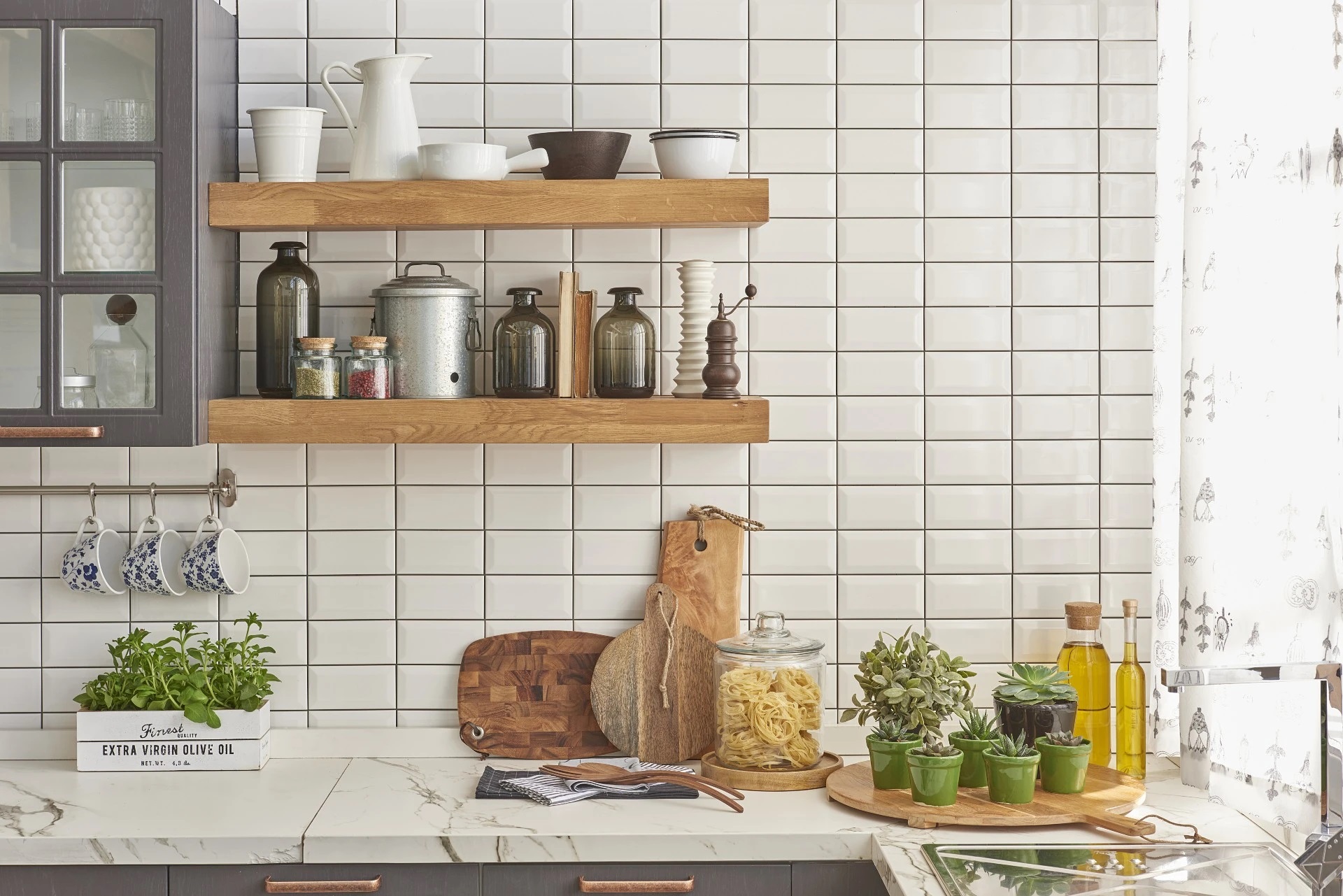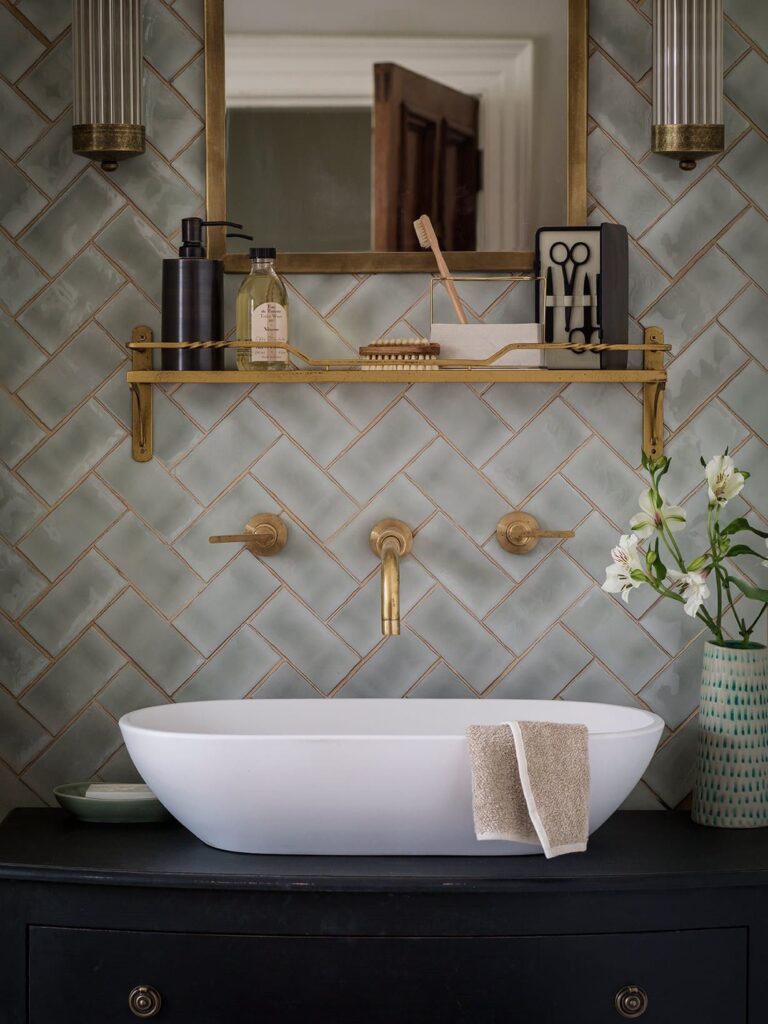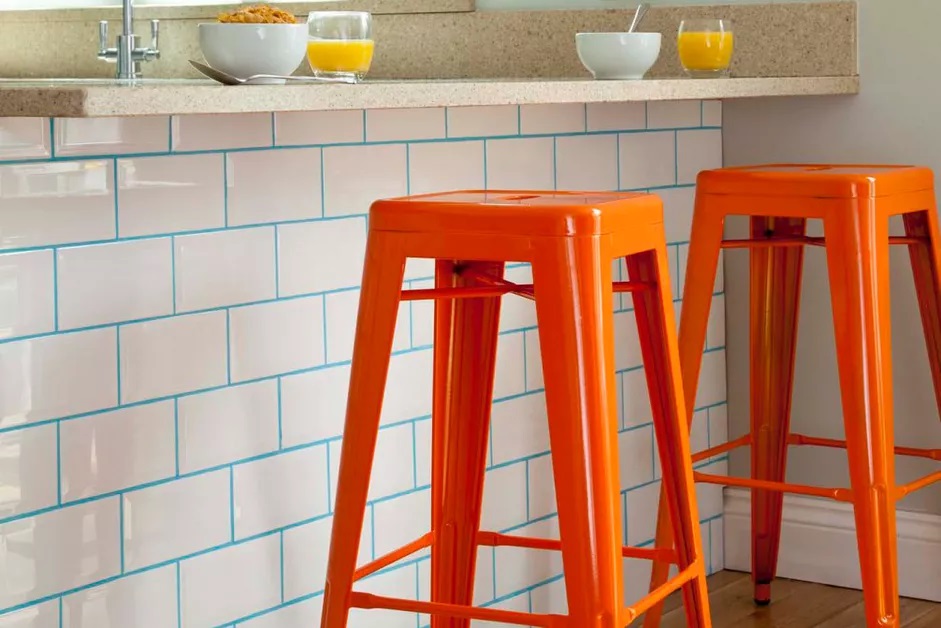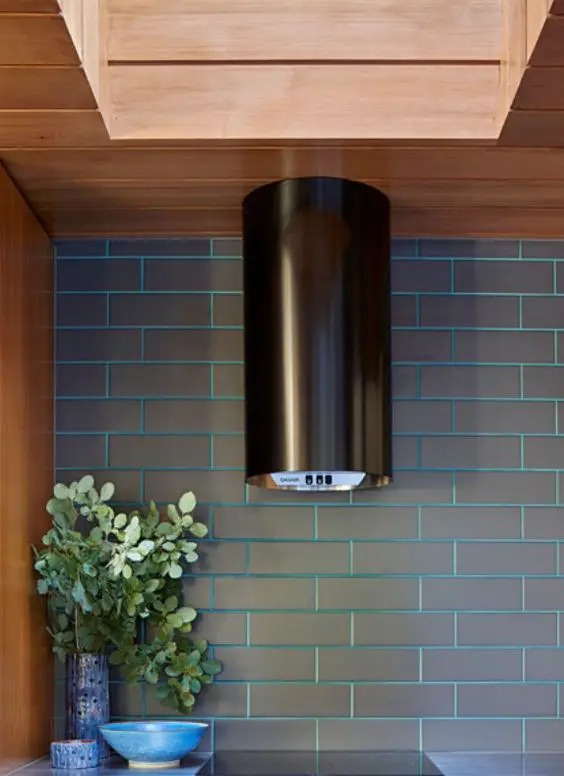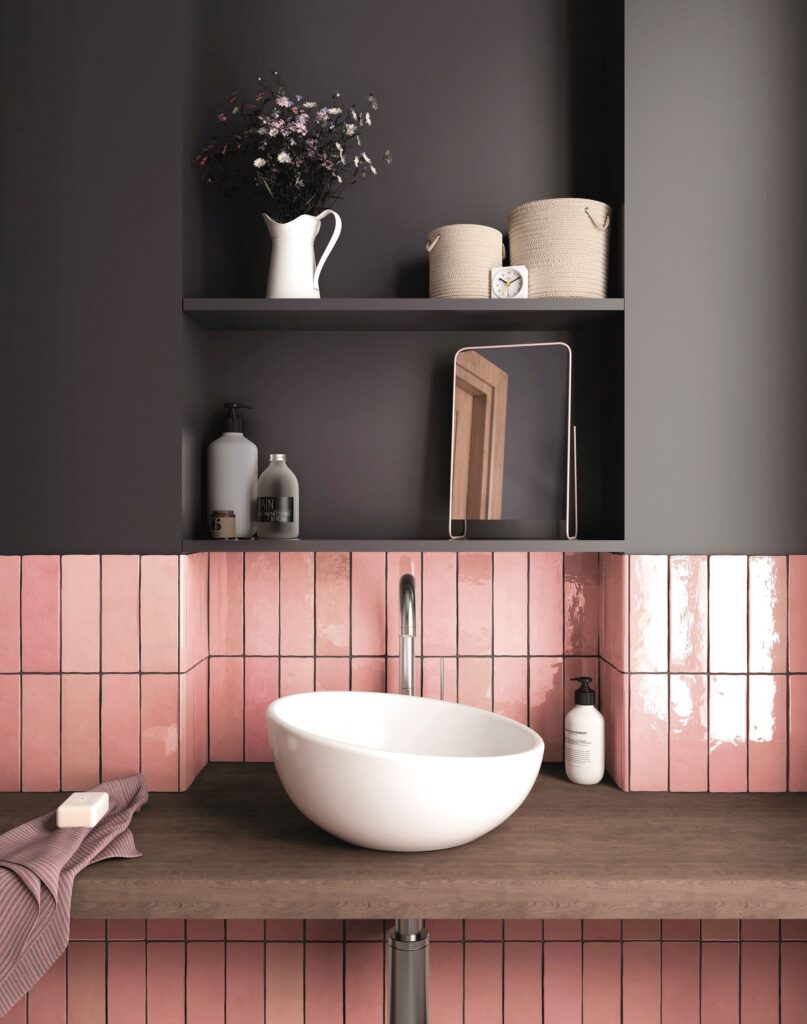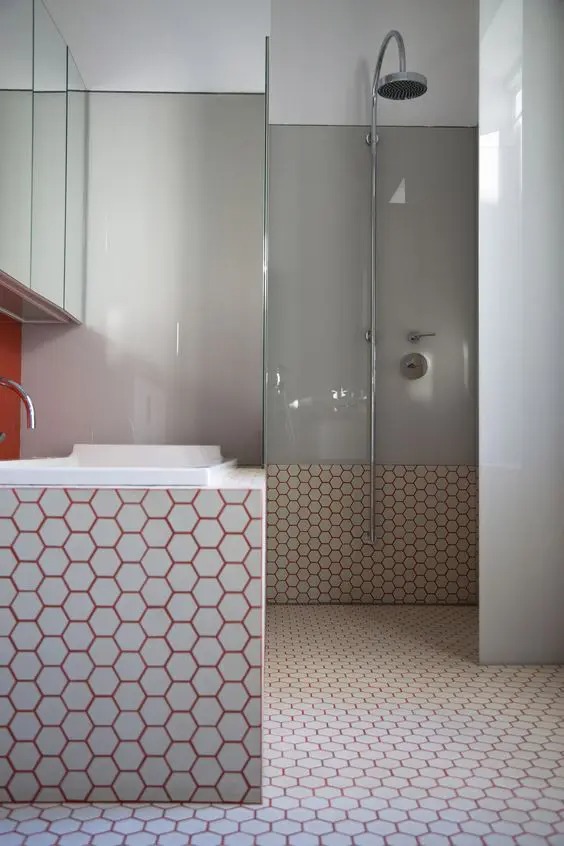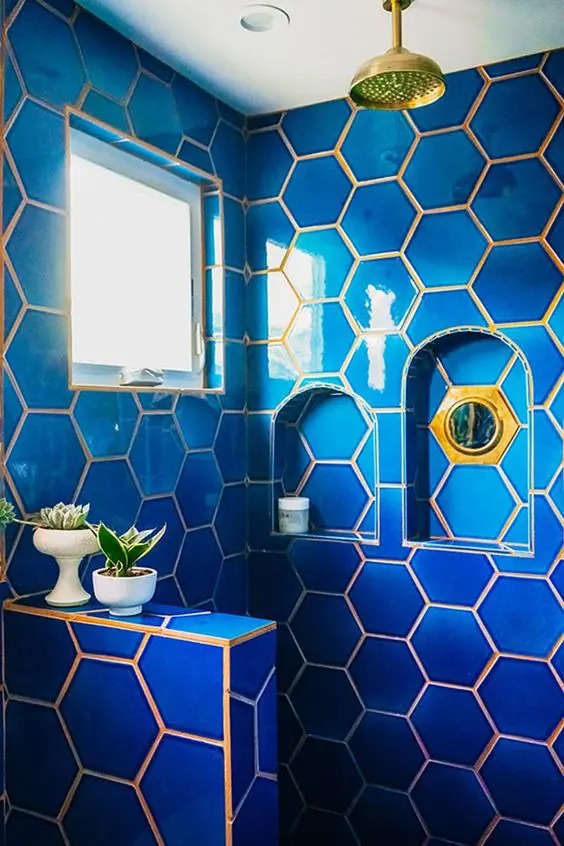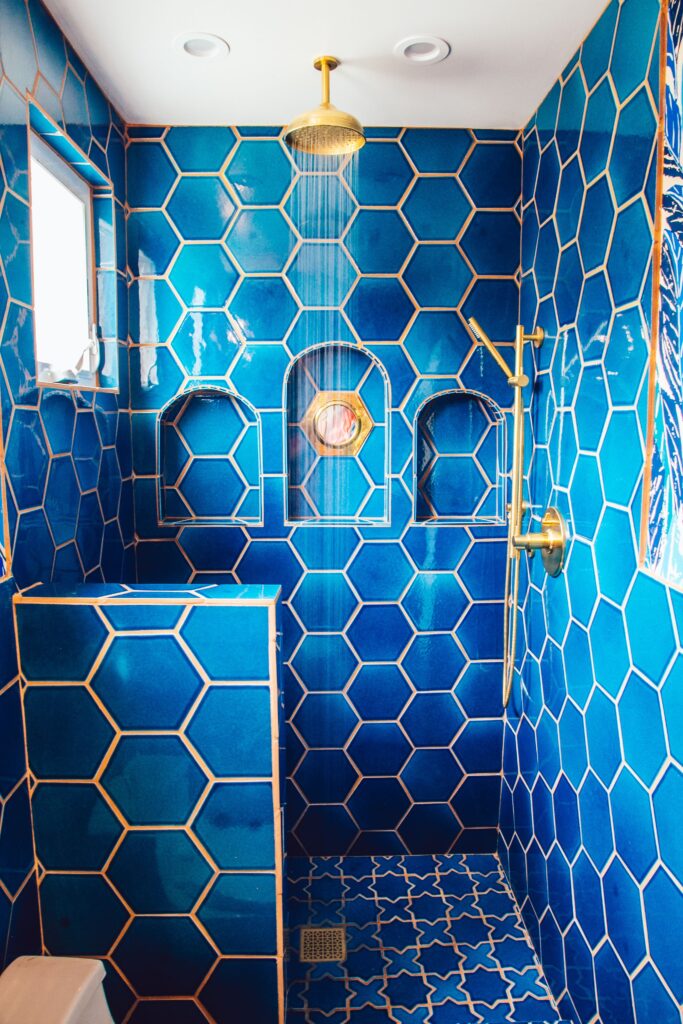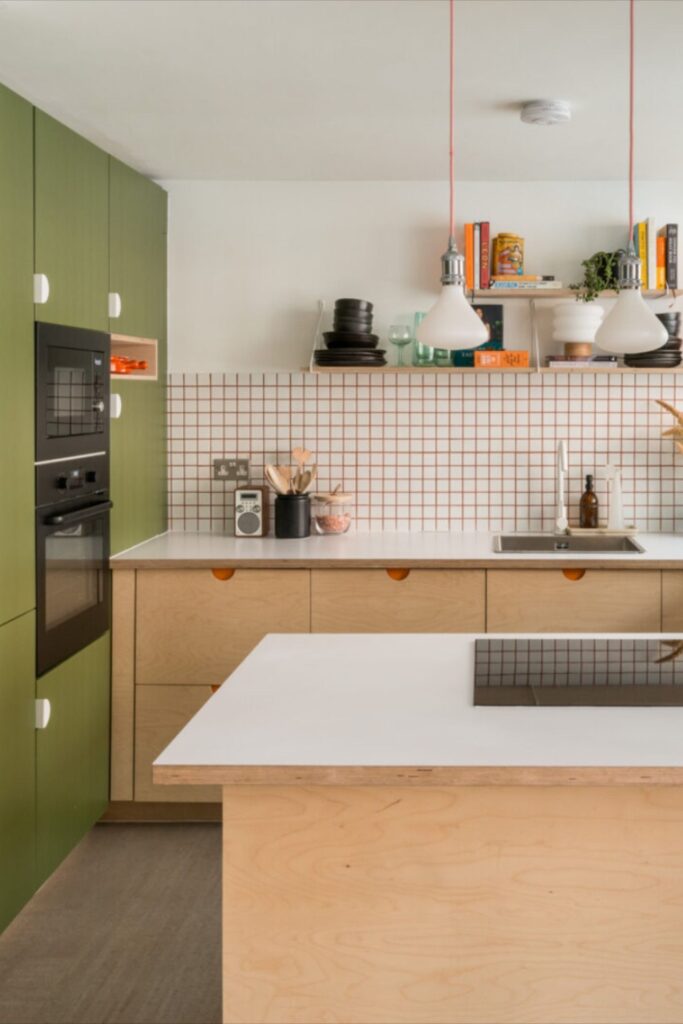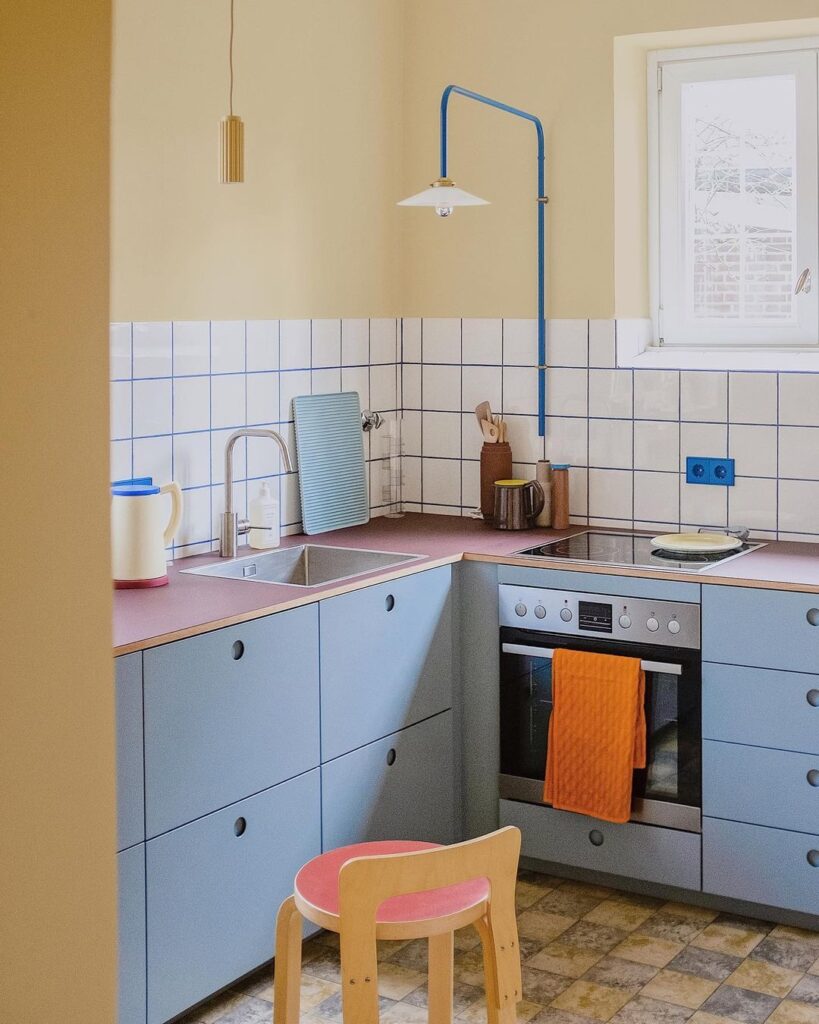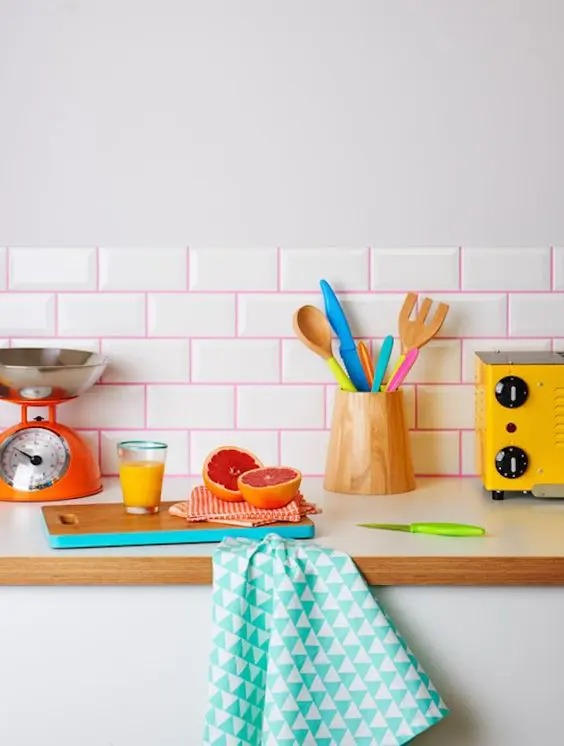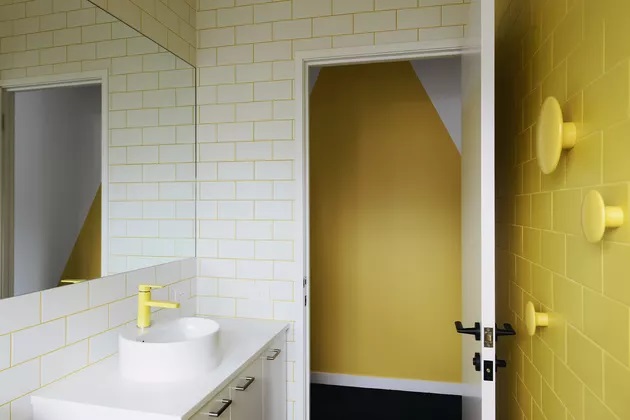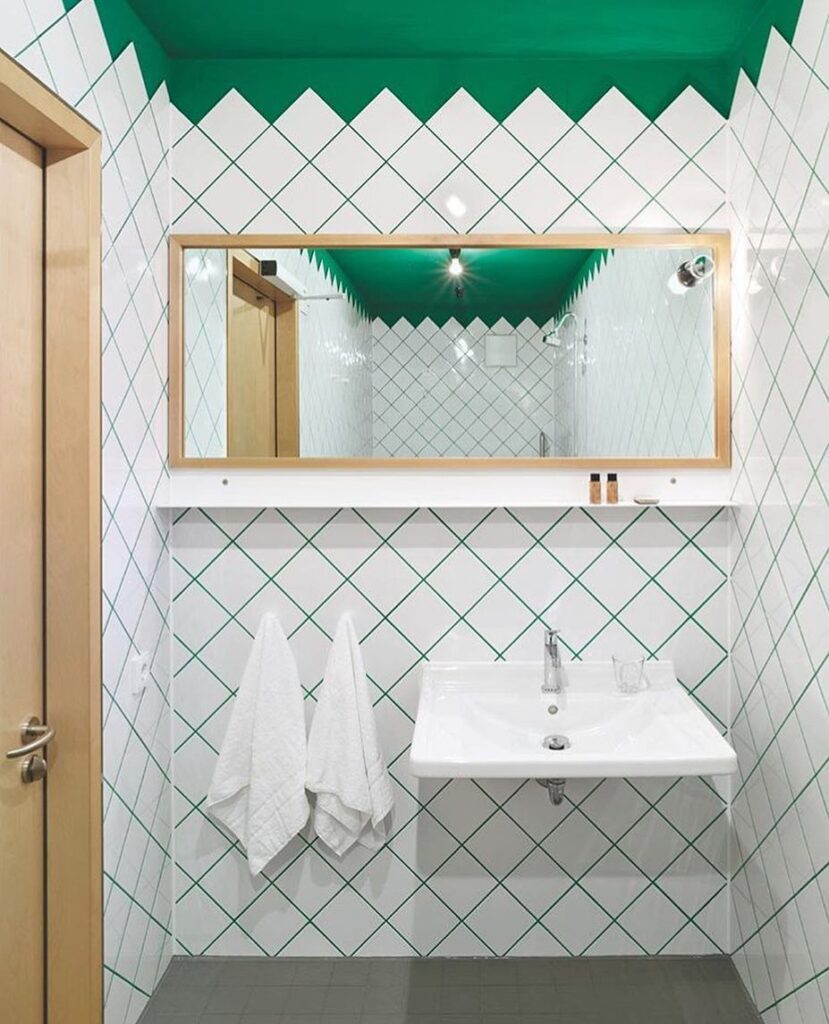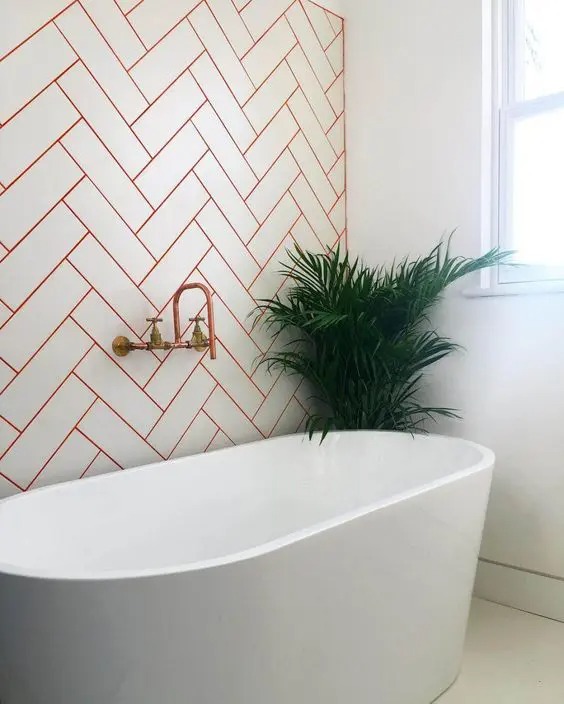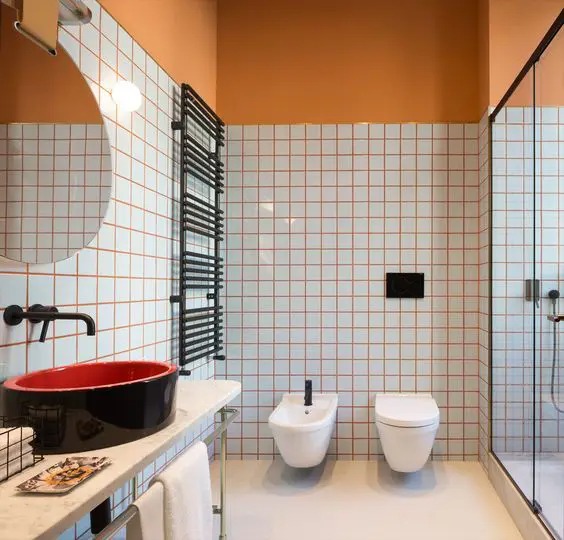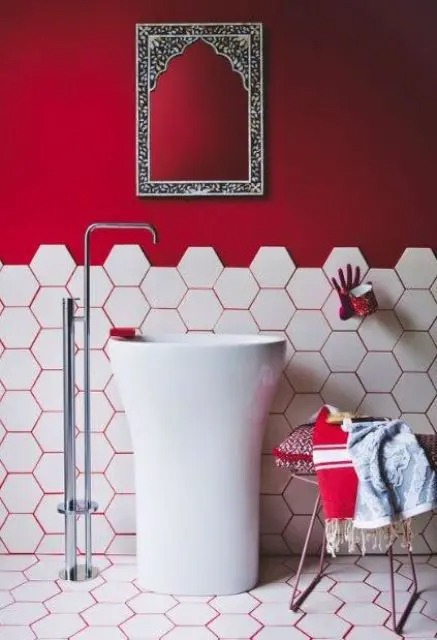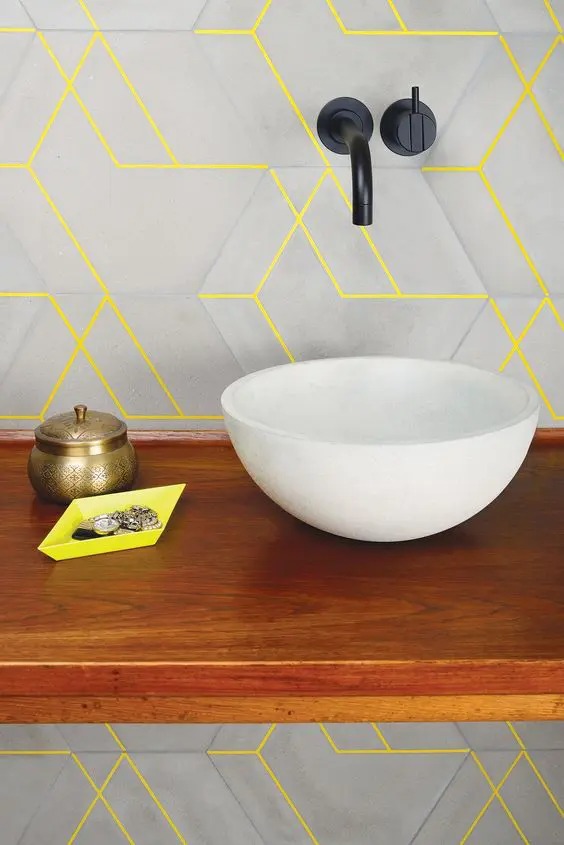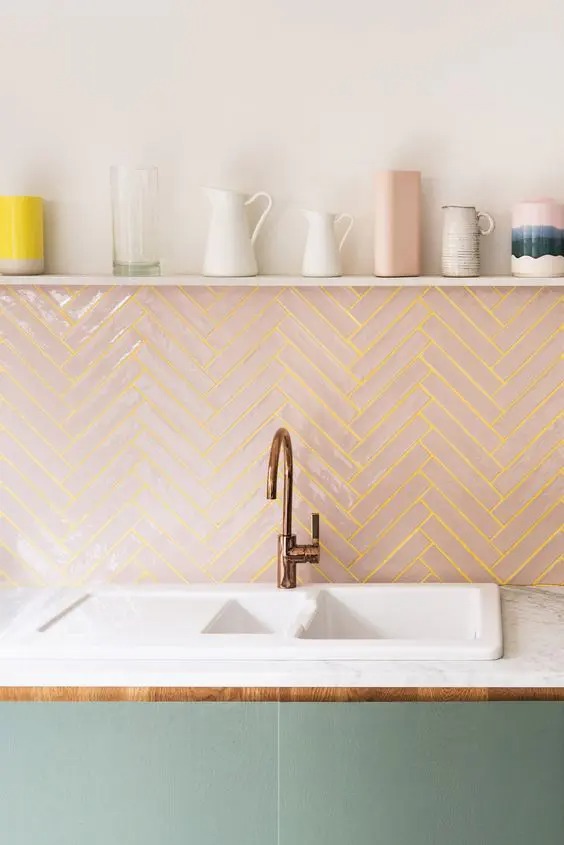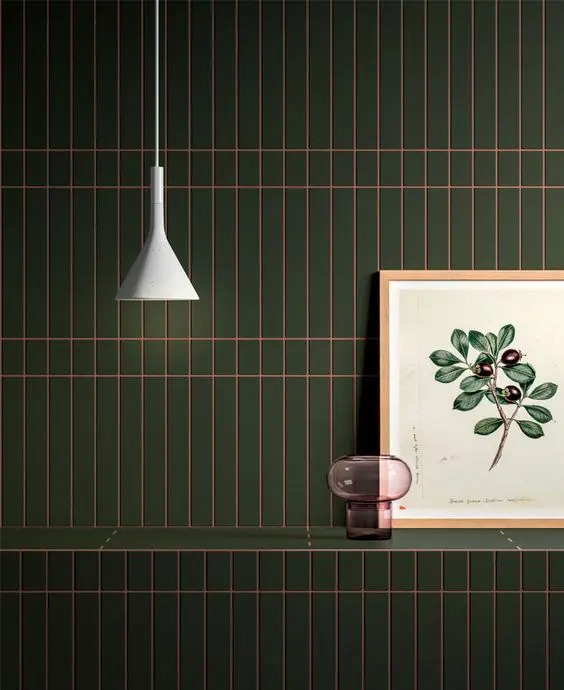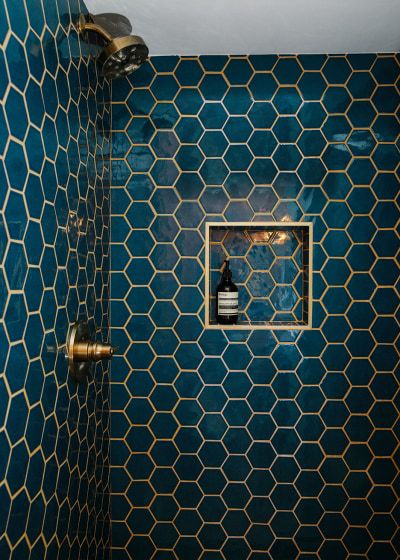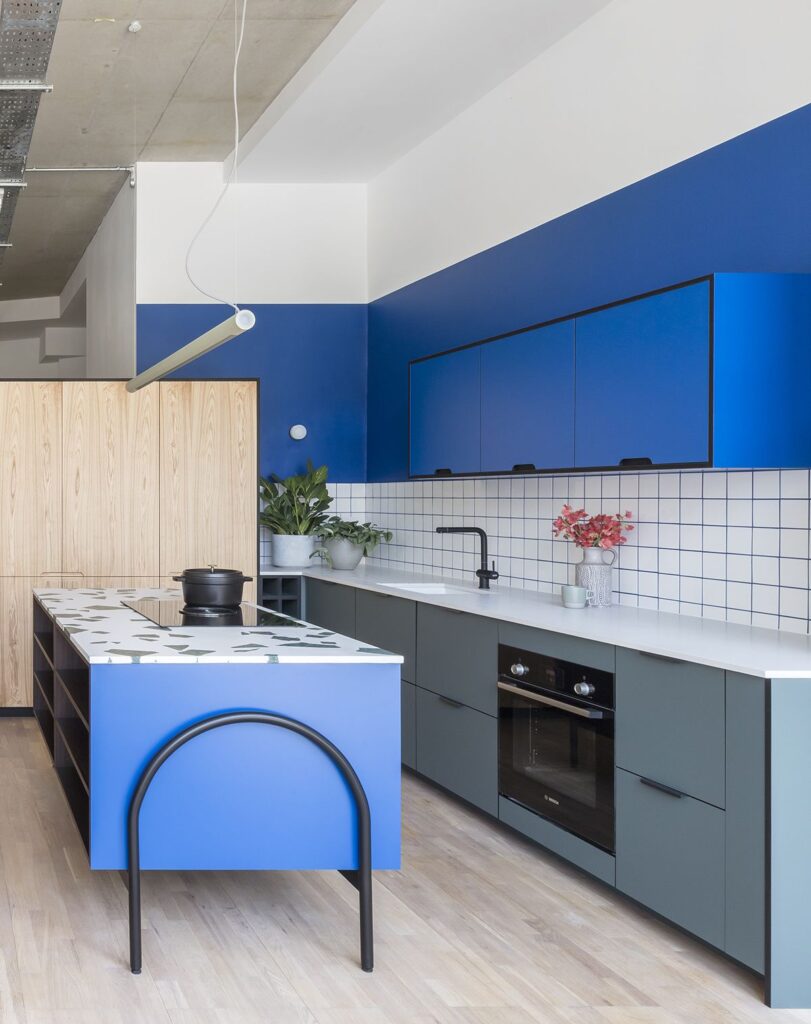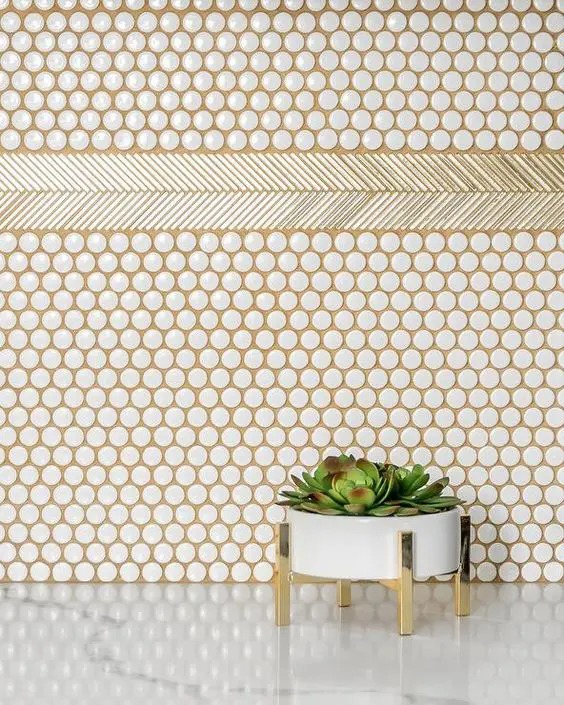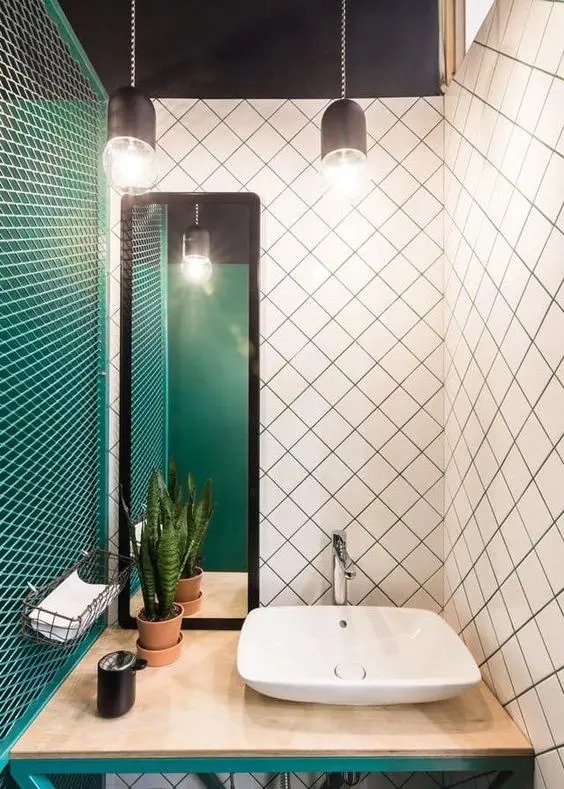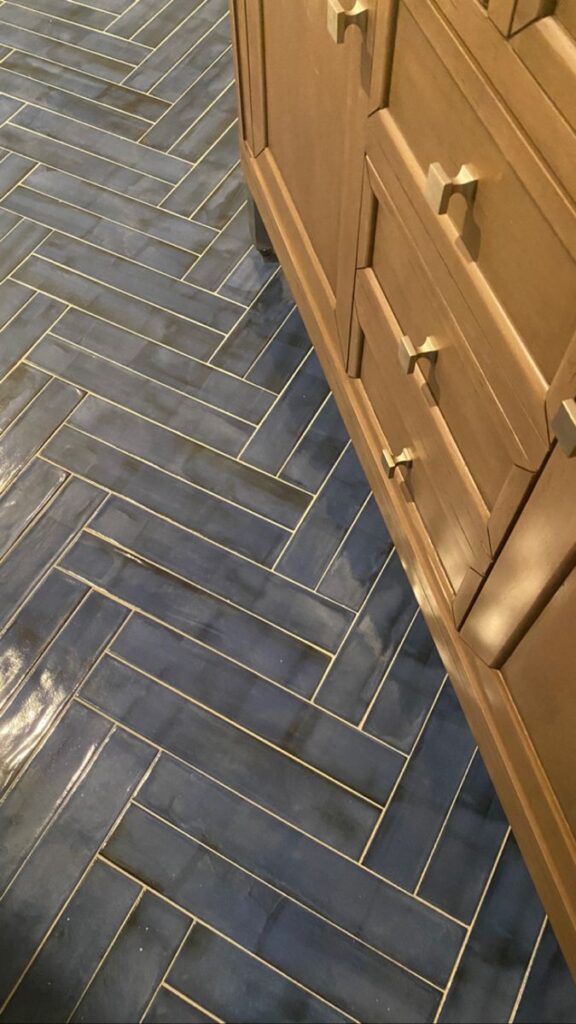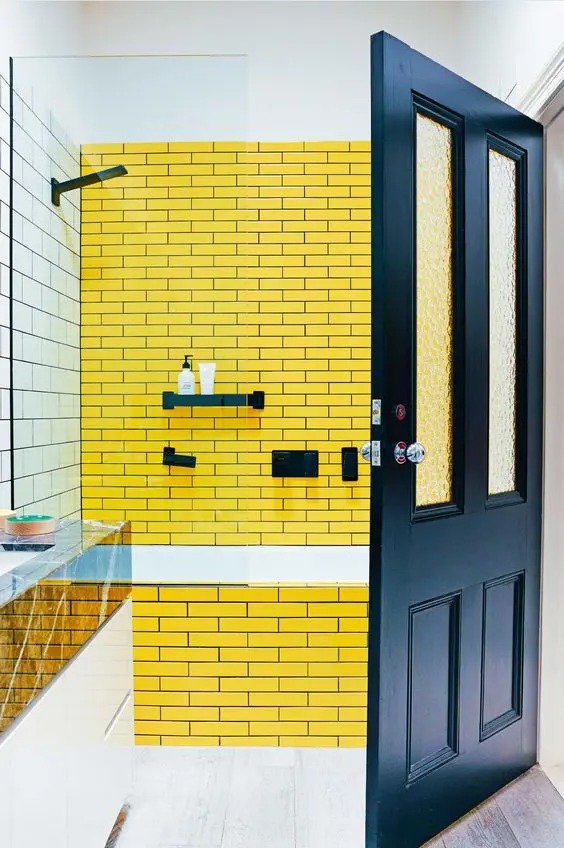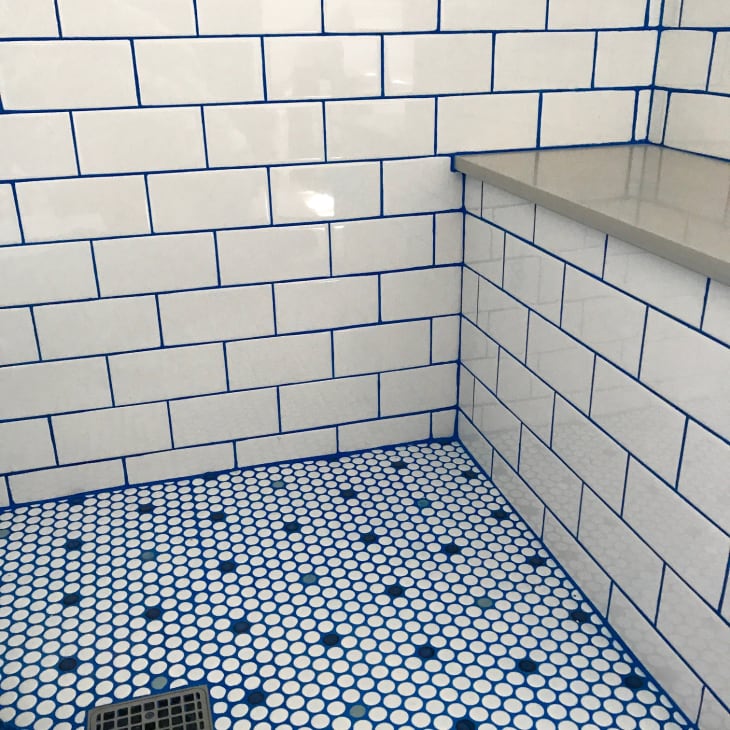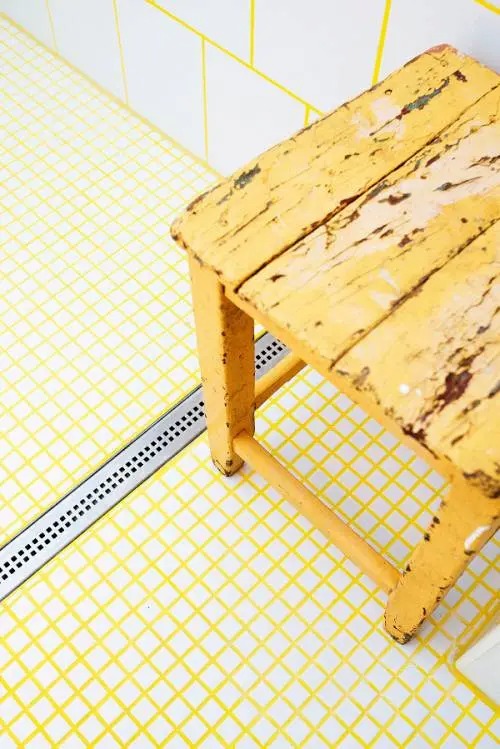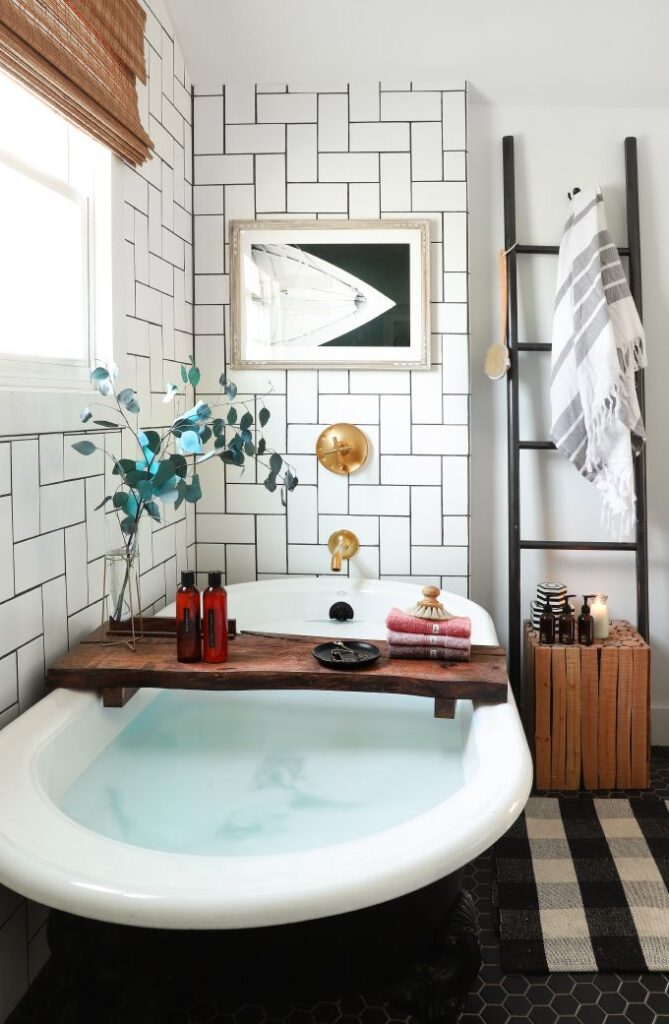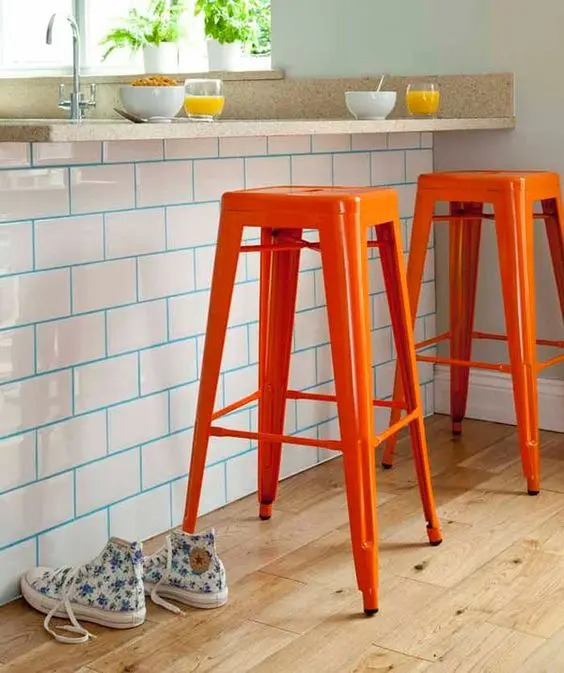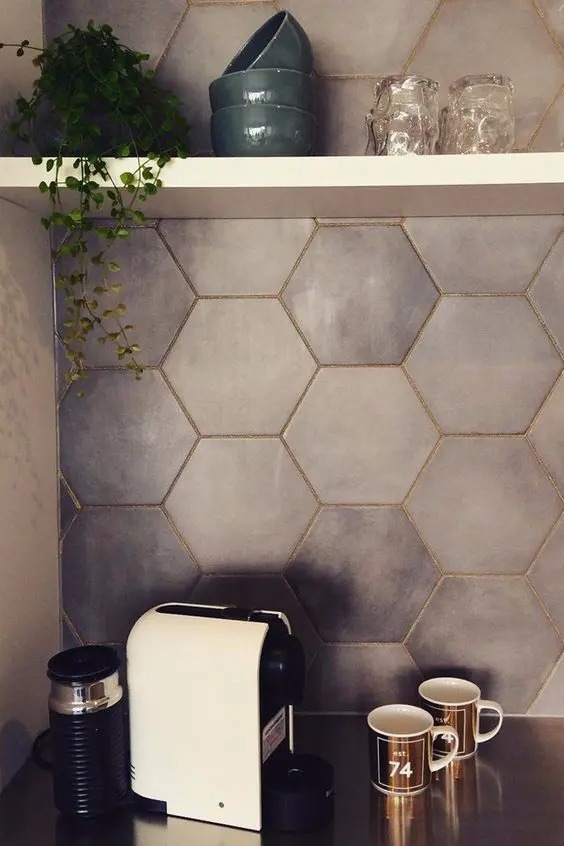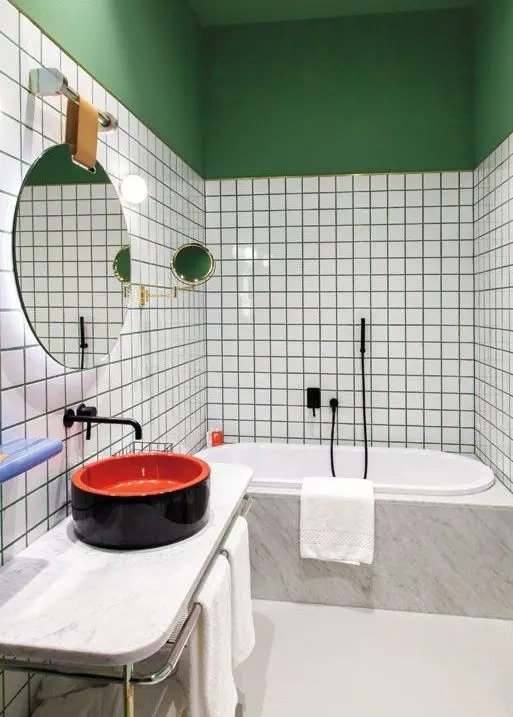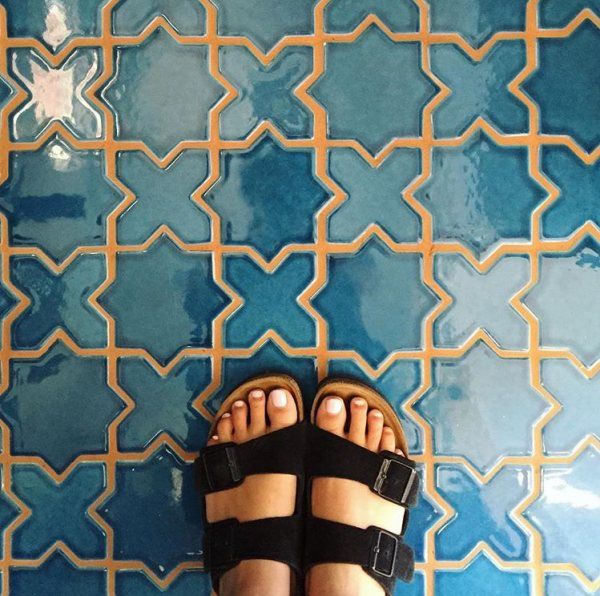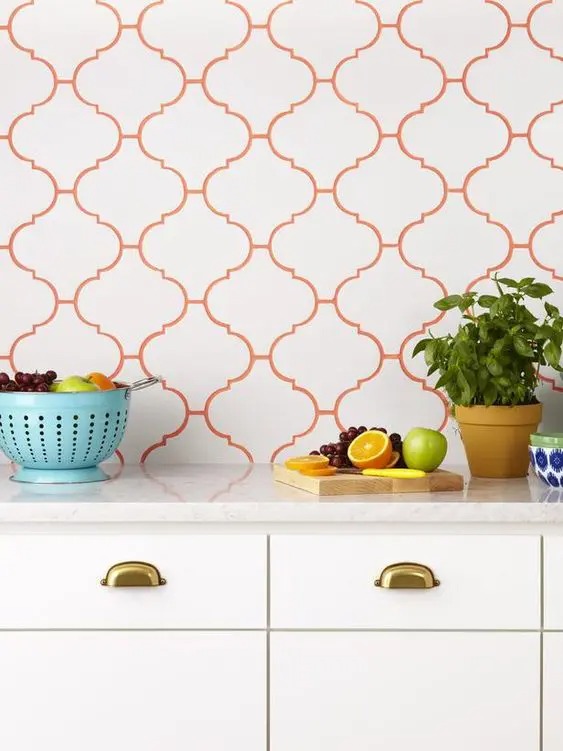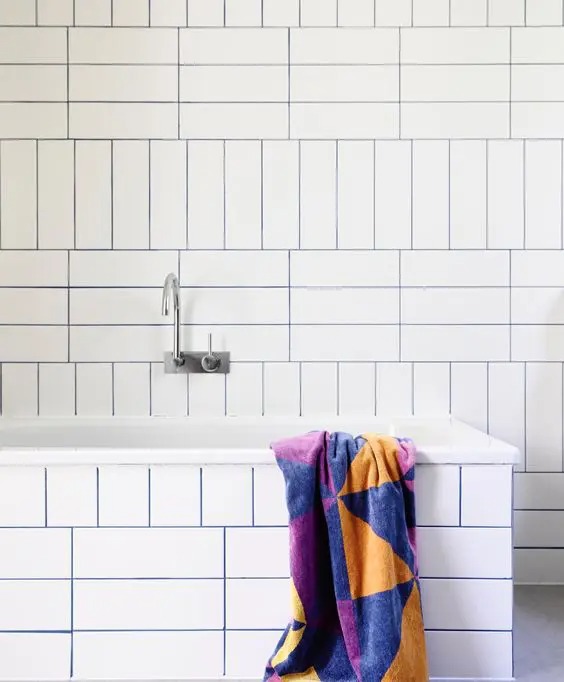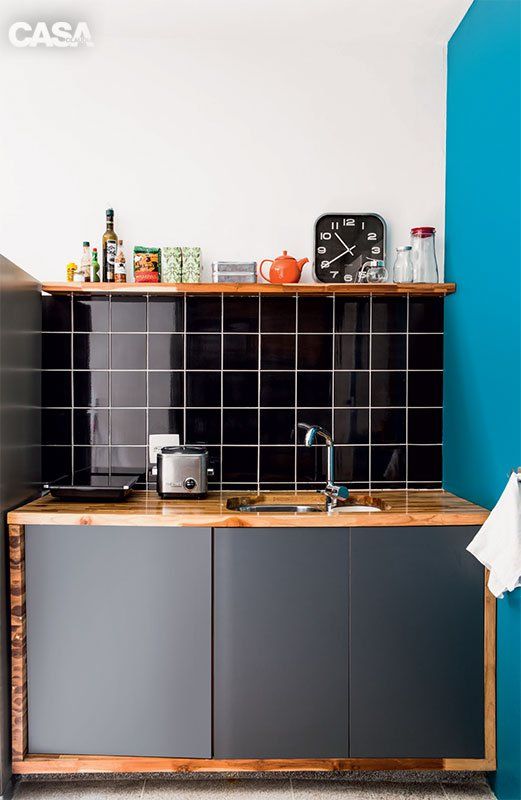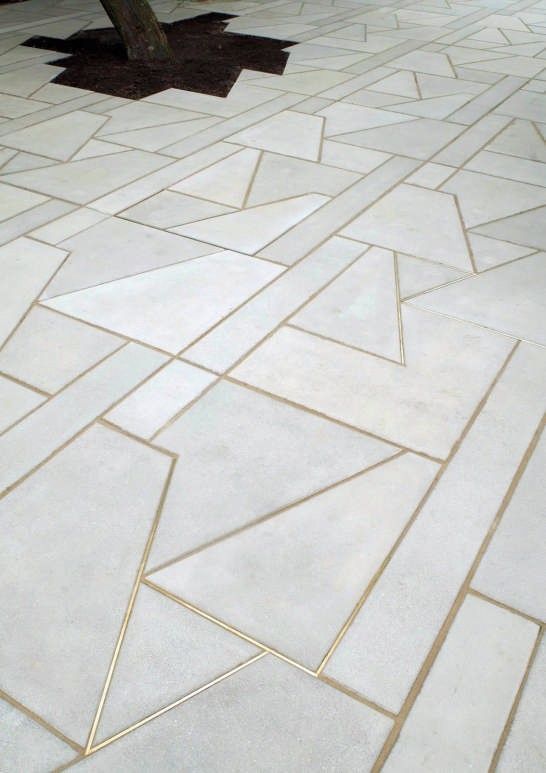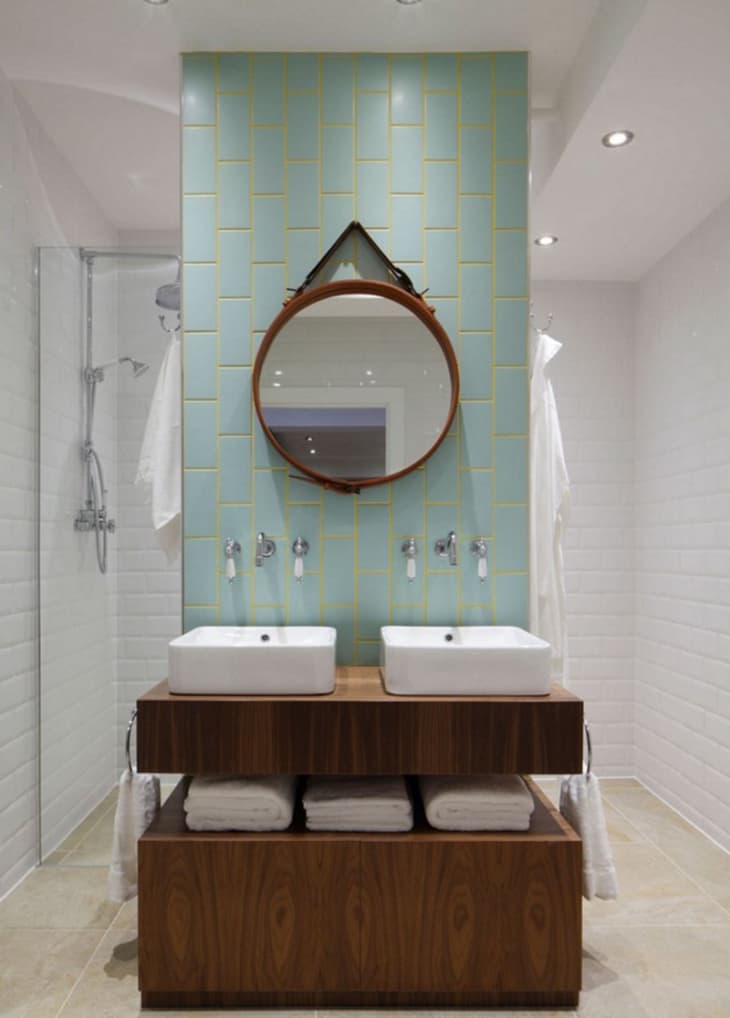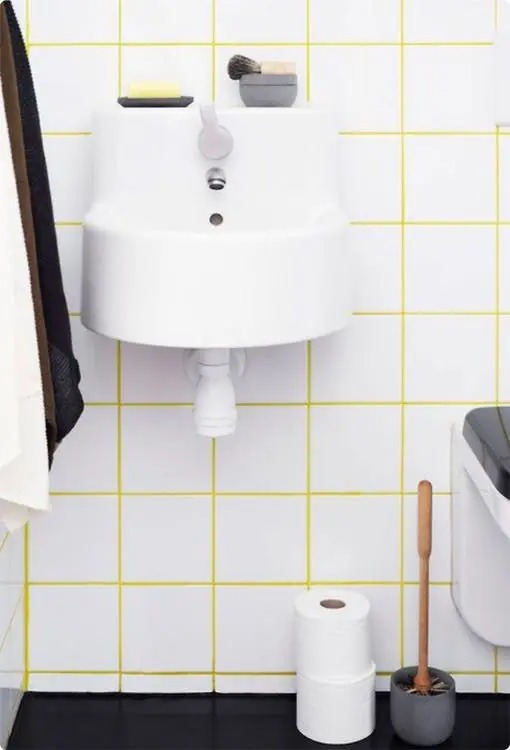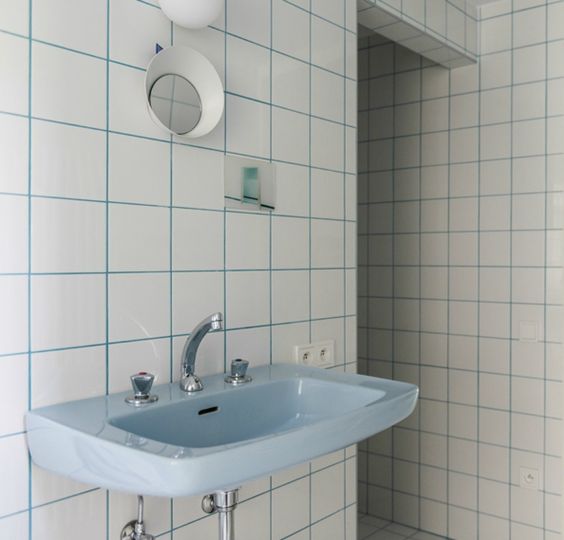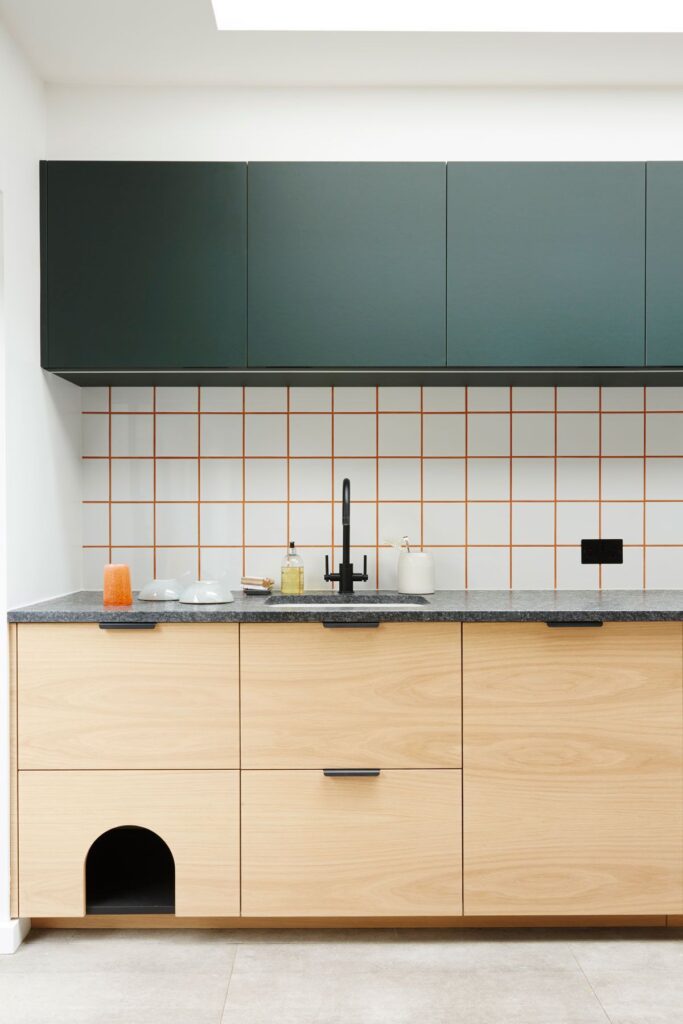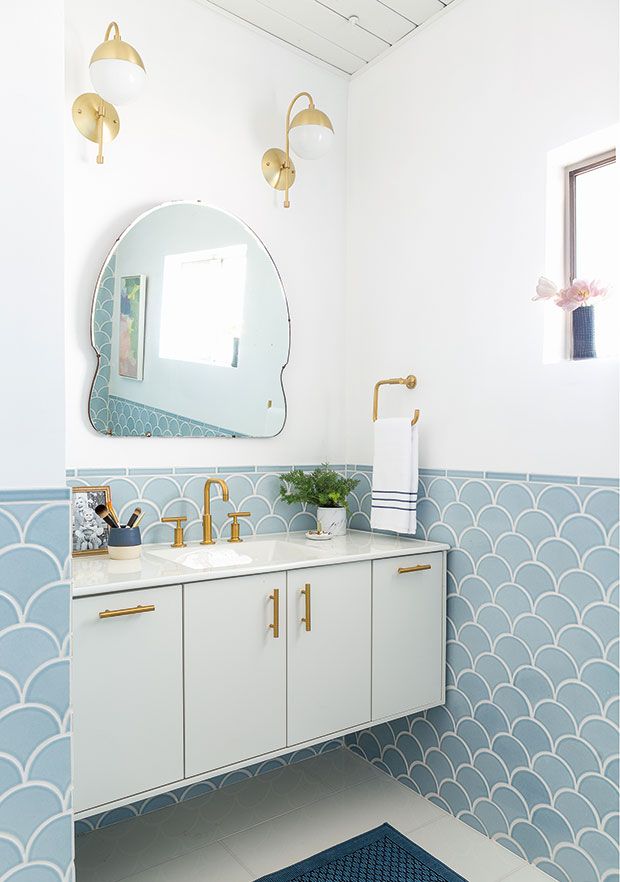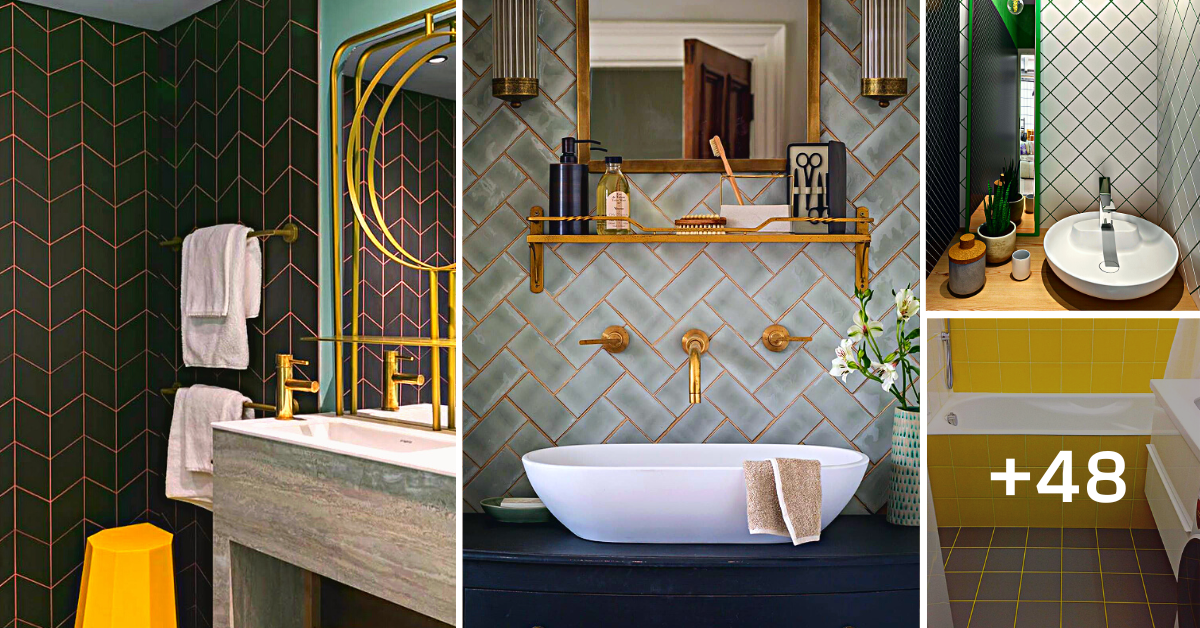
Even the most simple ceramic tiles will look trendy and stylish, if you use a colorful grout. It can be used not only for aesthetics purposes – for example, it helps to camouflage the seams or emphasize the shape of the tile, and also performs protective functions.
Ideally, grout color selection occurs in tandem with picking the tiles themselves. But even people with preexisting tile floors or backsplashes can try a new grout color, completely changing the look of the space in the process.
White and black grout are proven favorites with tiles of any color and shape. They offer a classic look and sense of balance—especially with atypical tile choices—and can easily push everything from subways tiles to penny tiles in a more modern or traditional direction.
White grout tends to look modern when paired with white tile, while black grout helps white tile pop and looks very classic—it’s a very popular combination for the farmhouse kitchen look. Both serve as neutrals with colorful, bold tile.
Gray grout can serve as a softener, offering a less stark and dramatic alternative to the black grout, white tile look.
Gray grout paired with a small tile—surfaces with small tiles have more grout coverage than those with large tiles—can look modern and unexpected.
With larger tile, the grout is less noticeable and serves as more of an accompaniment to whatever statement the tile is making. The most common subway tile grout color is black, which gives the most popular, traditional look.
White and gray grout is also used with subway tile, providing more contemporary and relaxed looks, respectively.
Any color beyond the neutral trifecta—gold and orange are popular—feels very fresh and contemporary, in a way that can easily lean toward bold and unexpected.
.
.
.
.
.
.
.
.
.
.
.
.
.
.
.
.
.
.
.
.
.
.
.
.
.
.
.
.
.
.
.
.
.
.
.
.
.
.
.
.
.
.
.
Credit: Pinterest, digsdigs

